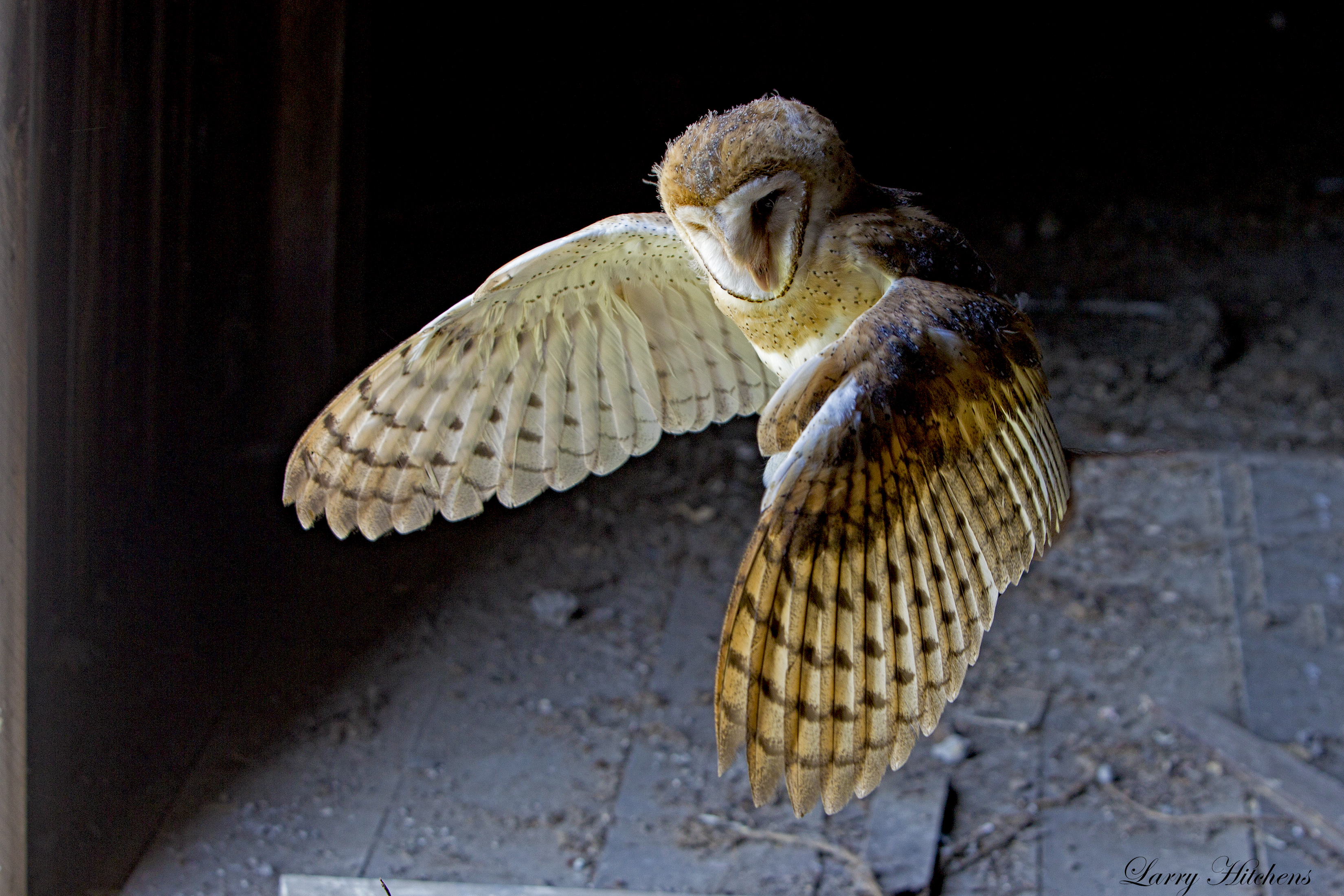Adaptation
They Tyto alba
are equipped with many features that provide aid in
their everyday lives. From their external appearance
to their internal systems, barn owls are able
accomplish survival through catching prey,
locomotion, and protecting themselves from danger.
These adaptations they inhibited, due to their
environment, contributed to the current functions
they carry today.
One of their features that make up their external
functions is their wings. Constructed to be great in
length, they are able to carry themselves in a slow
flight, enabling the motion of hovering to have the
advantage in capturing their prey. In addition to
their wings, the lightness of their feathers gives
way for a quieter flight. A second
external feature is their long limbs and sharp
talons. These play a role in the hunting of
next potential meal and their piercing claws for an
easy kill.
 The
last feature that contributes to their physical
characteristics is their coloration. Their feathers
display colors that mask owls from predators looking
down on their brown dorsal side, blending them in
with the earth’s tones, and prey looking up at its
white ventral side matching the brightness of the
sky (The Barn Owl Trust,
2012).
The
last feature that contributes to their physical
characteristics is their coloration. Their feathers
display colors that mask owls from predators looking
down on their brown dorsal side, blending them in
with the earth’s tones, and prey looking up at its
white ventral side matching the brightness of the
sky (The Barn Owl Trust,
2012).
When it comes to their internal functions,
the two that stand out in aiding the Tyto alba
are their eyes and ears. The barn owls have a low
light vision that is considered being motion
sensitive (The Barn Owl
Trust, 2012). Even though they can see very well
in the night due to their nocturnal benefiting
features in their eyes, they too are able to detect
motions from their prey with the help of their ears.
The barn owls have outstanding accuracy when it
comes to sense of surrounding sounds. This comes in
handy in these daylight circumstances when prey is
hidden amongst shrubbery or weather conditions (Animal
Diversity Web, 2002).